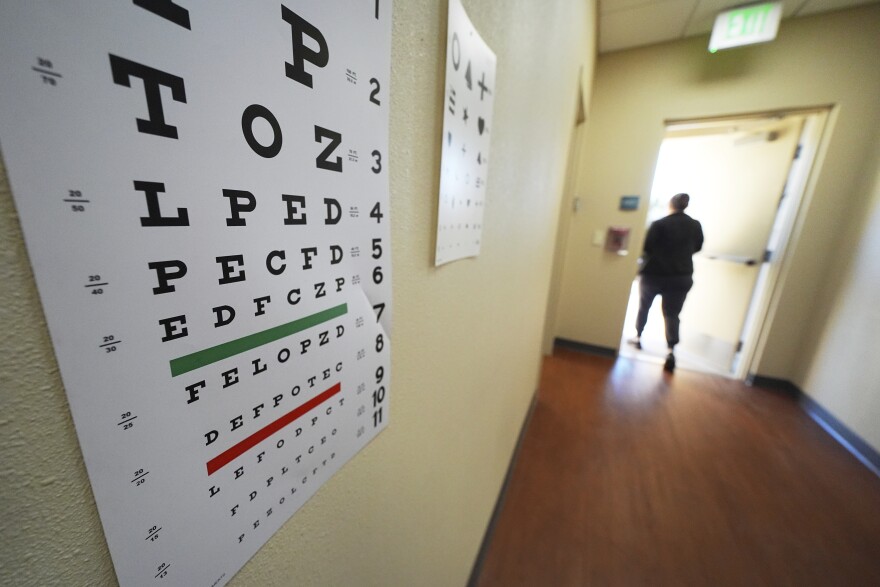Heatwaves can negatively affect eye health by causing dehydration, which leads to dry eyes and irritation. Exposure to harmful ultraviolet (UV) rays can further damage the eyes and increase the risk of some specific conditions that can become serious if not treated properly.
Conditions such as pinguicula and pterygium, and even the more serious Keratoconus, are becoming more common. Jenny Wong, a doctor of optometry with the Contact Institute of Nevada, says she’s seen 25 to 30 percent increase in these diagnoses in her practice during the past five years.
Myles Aragones of Las Vegas had a scary experience after spending a day outside at Lake Mead. The following night, he noticed a hazy film covering his eye. “Basically, I couldn’t see from my right eye for about a month,” he said.
Aragones was diagnosed with Keratoconus. This condition changes the shape of the eye — changing it from a circular shape to a football-like one. He noticed his vision was worse than his parents’ and his glasses seemed to get thicker every year.
Aragones said his eye specialist told him that “when it gets really dry, you’re going to start to notice a build-up on the surface of your eye” and that he would want to rub his eyes. He has to take two ongoing maintenance steps: avoid rubbing his eyes and keep them well lubricated, which he does throughout the day with preservative-free drops.
Wong explained that the irregular shape of the eye among people with Keratoconus can affect vision, so it is important to treat it early.
Pinguicula, another heat-related eye disease, is a growth on the sclera, or the white part of the eye. Wong described it as a callous on the eye. Pterygium is when that growth starts to obscure the cornea, the dark part of the eye. Wong says these two conditions are very common in a desert environment.
Keratoconus, once rare, is becoming more common. Wong said some recent studies have shown it may be affecting at least 1 in 375 people.
Rubbing our eyes is a natural reaction, but Wong advises avoiding it because it exacerbates heat-related eye problems. While there are procedures to address these conditions, she advises taking simple, proactive steps like taking “blink breaks,” as she called them, or observing the the “20-20 rule” — looking away from a screen or device every 20 minutes and blinking for 20 seconds to promote tearing and lubrication.
Additional tips:
- Use preservative-free eye drops
- Wear a hat and protective eyewear, like UV-blocking glasses or contact lenses
- Keep air-conditioned spaces humidified
- Use cold compresses on the eyes
Jenny Wong, doctor of optometry, Contact Institute of Nevada; Myles Aragones, Las Vegan








